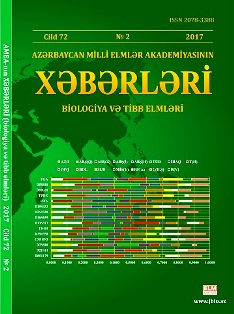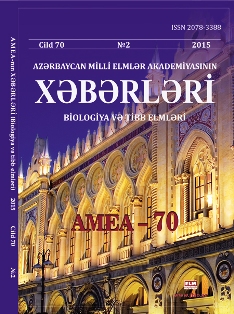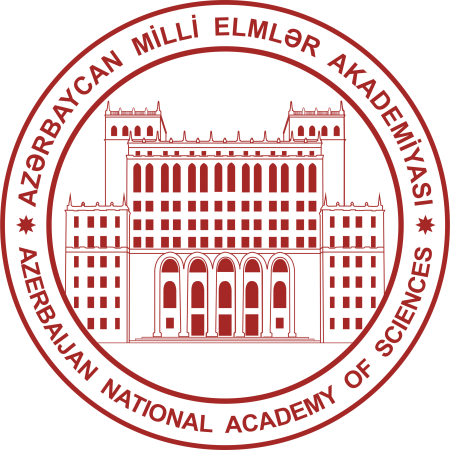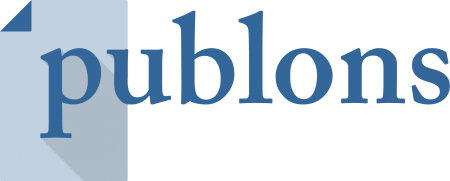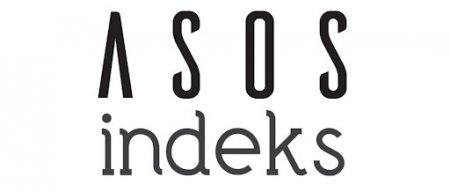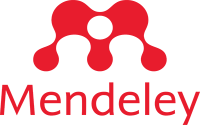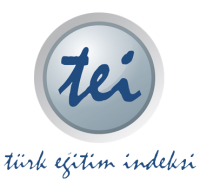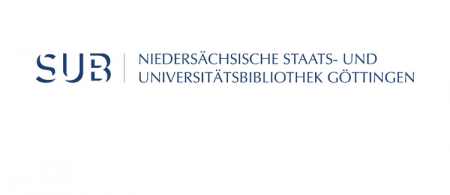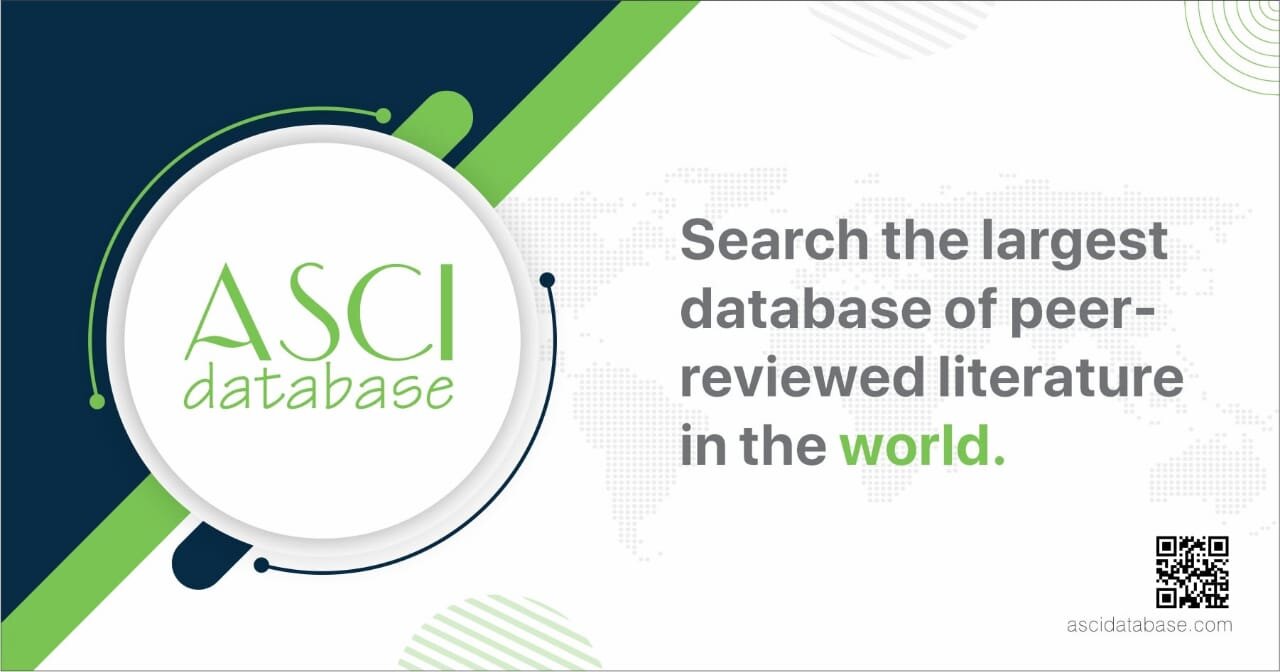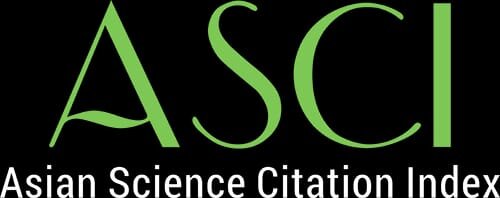
For Authors
The Journal of Life Sciences and Biomedicine of ANAS publishes articles of clinical interest in the fields of life sciences and biomedicine. Manuscripts can be submitted as original articles, review articles, case reports, letters to the editor, and manuals... view full aims and scope. This journal strives to provide its readers with articles of the highest quality and impact through a peer review process and editorial work. The duties and responsibilities of all actors involved in the editorial process are summarized in the Publication Ethics section.
Submission of manuscripts
Articles must be submitted directly to the online editorial office via one of the following online submission systems or the JLSB online submission form and by e-mail - submission@jlsbjournal.org. We only consider online submissions, not multiple submissions, so please only submit one manuscript at a time, either through JLSB or journal's submission forms. Don't send a second submission until you hear about the first one. Simultaneous submission of materials to other journals is also not allowed.
Please insert all figures and tables into the manuscript so that they become one file for submission. After the submission is completed, the system will generate a manuscript ID and send an email about your application. Authors can track submissions at editor@jlsbjournal.org. All manuscripts must be reviewed by a native English speaker and submitted in English for evaluation (absolutely confidential and impartial).
The journal does not charge for online submission.
1. All authors are responsible for their own research.
2. Authors are requested to select an appropriate author who is responsible for the following requirements: managing all communications between the journal and all co-authors during the manuscript submission, peer review, publication process and post-publication; ensuring the correctness of the names of authors, their location and affiliation; ensuring that all listed authors approve the manuscript before submission; ensure that all permissions to reproduce previously published material have been obtained from the copyright owner; make sure that disclosures, declarations, statements of all authors are included in the manuscript as needed.
3. Authors may nominate two unbiased peer reviewers when submitting a manuscript, providing their names, institutions, and email addresses. Authors should ensure that the proposed reviewers have a high degree of competence and independence in the field of the submitted research. Please note that suggestions are welcome and may facilitate the peer review process, but the journal does not guarantee their use. Please read the Publishing and Ethical Principles of Publication in the journal "About Journal".
Conflict of interest
Authors are asked to disclose any actual or potential conflict of interest, as well as any financial, personal or other relationships with other people or organizations that may inappropriately affect their work.
Copyright
After the article is accepted, the authors will be asked to complete the “Publication Agreement”. Acceptance of the agreement will be considered for dissemination of information. The corresponding author will be informed of the receipt of the manuscript along with the Publishing Agreement form.
Source of financing
The authors are invited to determine the financial support of the study, the preparation of the article, the collection, analysis and interpretation of data; and in the decision to submit an article for publication
Language
Manuscripts must be written in British or American English.
The file must be saved in the native format of the word processor being used. Manuscripts should be typed in Times New Roman, size 11, with margins of 2 cm on all sides of the page. The total number of pages through 1.5 lines for the journal should be at least 8 pages for scientific notes/brief communications, more than 15 or 20 pages for research and review articles. The editor-in-chief may change the type of the manuscript after the submission of the manuscript. The text must be in one column format. Most of the formatting codes will be removed. In particular, don't use word processor options to justify text or wrap words. However, use bold, italics, subscripts, etc. Do not use "graphical" equations or tables, but prepare them using the power of a word processor.
PREPARATION OF THE MANUSCRIPT
Basic format
The first page of the manuscript must be correctly identified by the title and name(s) of the author(s). It should be typed in Times New Roman (font size: 17 pt for heading, 10 pt for section headings in body text and body text, double-spaced, in A4 format with 2 cm margins (both doc/docx ).
Basic format
The first page of the manuscript must be correctly identified by the title and name(s) of the author(s). It should be typed in Times New Roman (font size: 17 pt for heading, 10 pt for section headings in body text and body text, double-spaced, in A4 format with 2 cm margins (both doc/docx ).
All pages and lines of the main text should be numbered sequentially throughout the manuscript. Abbreviations in the title of the article are not allowed. Manuscripts are drawn up in the following order:
1. TITLE (short, attractive and targeted);
2. Name(s) and affiliation(s) of the author(s) (including zip code and corresponding email address);
3. ABSTRACT;
4. Key words (select from MeSH terms separated by commas);
5. Abbreviations (if necessary, used in the text);
6. INTRODUCTION (clear statement of the problem, relevant literature on the topic and proposed approach or solution);
7. MATERIAL AND METHOD (should be complete enough to reproduce the experiments);
8. RESULTS;
9. DISCUSSION; Results and discussion can be presented together.
10. CONCLUSION; Discussion and Conclusion can be presented together.
11. STATEMENTS (Acknowledgments, Consent to Publication, Competing Interests, Author Contributions, Availability of Data, etc.)
12. LINKS;
13. Tables;
14. Figures;
15. Graphs
Article Section Format
The title should be a short phrase describing the content of the article. The first letter of each word in the title must be in upper case. The title page should include the full names and affiliations of the author(s), the name of the respective author, and telephone and email information. The present address(es) of the author(s) should be indicated as a footnote.
The abstract should be informative and self-explanatory, briefly state the topic, indicate the scope of the experiments, indicate important data, and indicate the main results and conclusions. The optimal length of the abstract is 150-250 words; However, for a long article or with a large amount of data, it should not exceed 300 words. Full sentences, active verbs and the third person must be used, and the abstract must be written in the past tense. Standard nomenclature should be used and abbreviations should be avoided. No literature should be cited.
After the abstract, you should list from 3 to 8 keywords that will provide links for indexing. To assist indexers in cross-indexing articles, please use the keywords from the Index Medicus Medical Subject Headings (MeSH) list.
The introduction should contain a clear statement of the problem, relevant literature on the subject, and a proposed approach or solution. It should be understandable to colleagues from a wide range of scientific disciplines.
The material and method must be complete enough so that the experiments can be reproduced. However, only really new procedures should be described in detail; previously published procedures should be cited and important modifications of published procedures briefly mentioned. Trade names are capitalized and include the manufacturer's name and address. Subheadings should be used. There is no need to describe the commonly used methods in detail. Ethical approval for the use of humans and animals in research should be identified under a separate heading in this section.
Results must be presented clearly and accurately. The results should be written in the past tense when describing the results of the author(s) experiments. Previously published findings should be written in the past tense. The results should be explained, but mostly without reference to the literature. Where a particular drug or other substance is effective as inhibitors of biological or biochemical processes, results should be reported as IC50 (half maximum inhibitory concentration) or equivalent as appropriate.
The discussion should interpret the results in light of the results obtained in this and previous studies on this topic. Formulate conclusions in several sentences at the end of the article. The Results and Discussion sections may include subheadings, and both sections may be merged if necessary.
The conclusion should be short and concise about the importance of the work or suggest possible applications and extensions. This section should not be similar to the content of the abstract.
Declarations including acknowledgments, contributors, competing interests, consent to publication, availability of data, etc.
1. TITLE (short, attractive and targeted);
2. Name(s) and affiliation(s) of the author(s) (including zip code and corresponding email address);
3. ABSTRACT;
4. Key words (select from MeSH terms separated by commas);
5. Abbreviations (if necessary, used in the text);
6. INTRODUCTION (clear statement of the problem, relevant literature on the topic and proposed approach or solution);
7. MATERIAL AND METHOD (should be complete enough to reproduce the experiments);
8. RESULTS;
9. DISCUSSION; Results and discussion can be presented together.
10. CONCLUSION; Discussion and Conclusion can be presented together.
11. STATEMENTS (Acknowledgments, Consent to Publication, Competing Interests, Author Contributions, Availability of Data, etc.)
12. LINKS;
13. Tables;
14. Figures;
15. Graphs
Article Section Format
The title should be a short phrase describing the content of the article. The first letter of each word in the title must be in upper case. The title page should include the full names and affiliations of the author(s), the name of the respective author, and telephone and email information. The present address(es) of the author(s) should be indicated as a footnote.
The abstract should be informative and self-explanatory, briefly state the topic, indicate the scope of the experiments, indicate important data, and indicate the main results and conclusions. The optimal length of the abstract is 150-250 words; However, for a long article or with a large amount of data, it should not exceed 300 words. Full sentences, active verbs and the third person must be used, and the abstract must be written in the past tense. Standard nomenclature should be used and abbreviations should be avoided. No literature should be cited.
After the abstract, you should list from 3 to 8 keywords that will provide links for indexing. To assist indexers in cross-indexing articles, please use the keywords from the Index Medicus Medical Subject Headings (MeSH) list.
The introduction should contain a clear statement of the problem, relevant literature on the subject, and a proposed approach or solution. It should be understandable to colleagues from a wide range of scientific disciplines.
The material and method must be complete enough so that the experiments can be reproduced. However, only really new procedures should be described in detail; previously published procedures should be cited and important modifications of published procedures briefly mentioned. Trade names are capitalized and include the manufacturer's name and address. Subheadings should be used. There is no need to describe the commonly used methods in detail. Ethical approval for the use of humans and animals in research should be identified under a separate heading in this section.
Results must be presented clearly and accurately. The results should be written in the past tense when describing the results of the author(s) experiments. Previously published findings should be written in the past tense. The results should be explained, but mostly without reference to the literature. Where a particular drug or other substance is effective as inhibitors of biological or biochemical processes, results should be reported as IC50 (half maximum inhibitory concentration) or equivalent as appropriate.
The discussion should interpret the results in light of the results obtained in this and previous studies on this topic. Formulate conclusions in several sentences at the end of the article. The Results and Discussion sections may include subheadings, and both sections may be merged if necessary.
The conclusion should be short and concise about the importance of the work or suggest possible applications and extensions. This section should not be similar to the content of the abstract.
Declarations including acknowledgments, contributors, competing interests, consent to publication, availability of data, etc.
